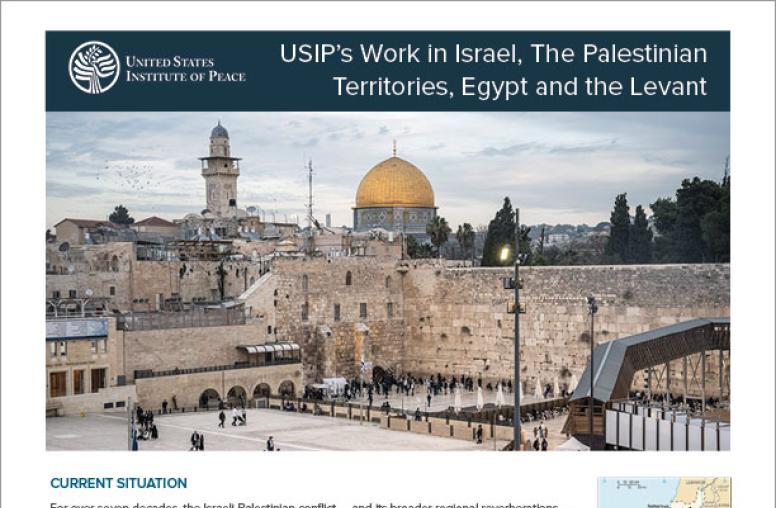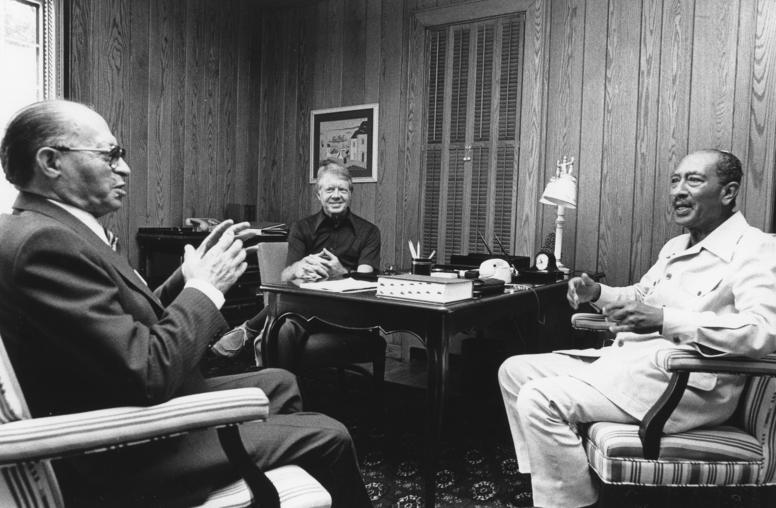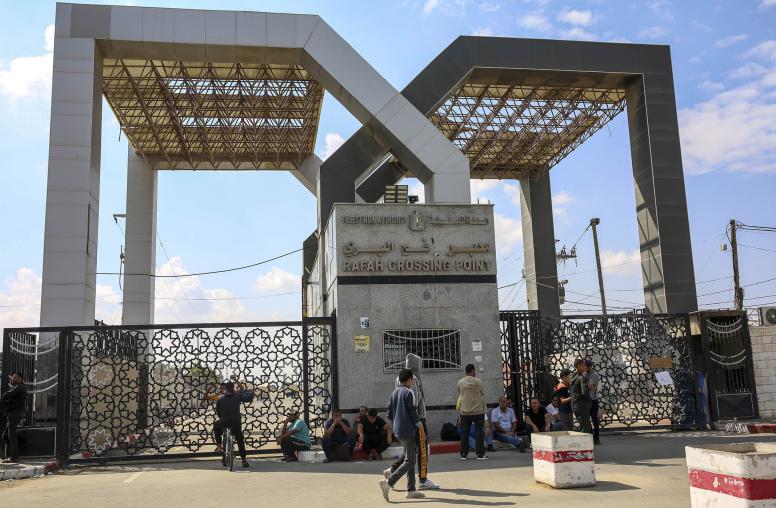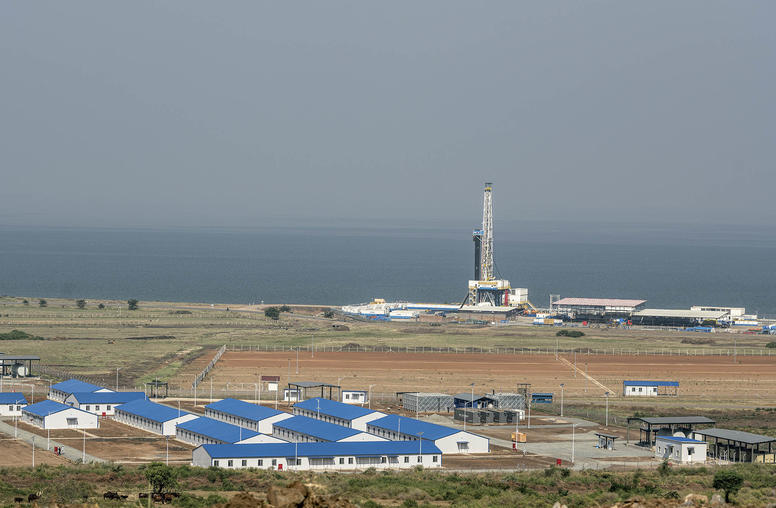A Filipino activist fighting human trafficking, a member of a watchdog group in Uruguay, an Egyptian peacebuilder, an anti-corruption campaigner from Ghana, a Dutch freedom-of-expression activist and an American tech- and civic-engagement guru – these are just a few of 47 civic leaders who met in Turkey this month to discuss ways of supporting civil society in an era of increasing government repression.

The U.S. Agency for International Development (USAID) and the Swedish International Development Agency (Sida) gathered us in a make-shift classroom in central Istanbul to brainstorm innovations that could help active citizens defend and reclaim civic space. The forum was a result of the multinational Stand With Civil Society initiative, announced by President Barack Obama during a United Nations General Assembly meeting in 2013 to address the worrisome crackdowns against civil society in countries around the world.
The precise roles for governments and businesses in the regional hubs were hotly debated.
The President, together with other heads of state and leaders from civil society and private foundations, called for a global effort to improve the enabling environment for active civic engagement. This includes challenging legal and bureaucratic restrictions on activism, prohibitions on foreign funding, active criminalization of dissent, sophisticated cyber-repression and off-line targeting of nonviolent activists.
This September, at the Clinton Global Initiative forum on the sidelines of the UN General Assembly, Obama called for the development of new “tools and platforms” to support non-governmental organizations (NGOs) and non-traditional civil society. The President was surrounded by activists and civic leaders from around the world, including some who had just received a two-day course on civic mobilization at USIP in Washington.
To help drive the effort, USAID and Sida, through their joint Civil Society Innovation Initiative, launched a “co-creation” process that brought civil society and donors together to hash out what those tools and platforms should look like. That was the process at work in Istanbul.
The vision guiding the meeting was a “vibrant, pluralistic and rights-based civil society in developing countries using new and innovative funding mechanisms, working methods and means of cooperation through the establishment of demand-driven and cutting-edge civil society hubs.”
Designing regional hubs
The central aim of the Nescafe-fuelled workshop, facilitated by the social-impact firm, Reboot, and the global civil society network, CIVICUS, was to develop blueprints for a number of interlinking regional “hubs” around the world. The hubs would support digital and/or physical peer-to-peer learning; create platforms for traditional and non-traditional civil society groups to access the latest approaches as well as information and communication technologies (ICT) to address their most pressing issues; and amplify civil society voices around the world.
After three days of intense discussions, creative problem-solving activities and concerted planning, blueprints for the “hubs” surfaced. First the participants identified the most pressing challenges faced by civil society around the world. In addition to the closing-space phenomenon, these included:
- Legitimacy crises faced by many traditional NGOs.
- Growing gaps between donors, NGOs and grassroots activists and movements.
- Difficulty integrating ICT tools and combining on-line and off-line activism.
- Donor approaches that weren’t sustainable because their focus was limited to discrete projects rather than a longer-term result.
The civil society participants strongly urged the donors to rethink their approaches so they could support initiatives lasting no less than a decade.
The workshop also developed concepts for the regional civil society hubs. After discussing attributes that would make the hubs most valuable, participants self-selected into regional teams that focused on Africa, Latin America and the Caribbean, the Middle East and North Africa, Asia, and Europe/Eurasia. The task of each team was to develop hub blueprints that included mission, objectives, stakeholders, governance framework and a business plan. The daylong planning process, which generated no shortage of exuberance, exasperation and inventive thinking, concluded with briefings by each of the teams for the full group.
'Movement Building' vs. Top-Down
Although each hub blueprint featured region-specific characteristics, the commonalities were striking. All of the regional teams agreed that the hubs should build on existing national and regional civil society campaigns and networks. Common suggestions included peer-to-peer capacity building, connecting civic groups to resources, and supporting locally-generated data and analyses.
All the groups emphasized the critical importance of engaging grassroots, non-traditional civil society and those outside of capital cities. My research partner, Erica Chenoweth, and I have documented how these players historically have driven social and political transformations, even in the most repressive environments. One participant reflected that “movement building” rather than top-down advocacy should be the ethos guiding the effort.
The exact functions and focus points for each hub, participants suggested, should be decided following more extensive local consultations with civic organizations and activists from each region. Such consultations would shape decisions about the physical and/or virtual aspects of the hubs.
Questions of funding
Most of the teams floated the idea of multiple hubs or “hublets” because no single hub could cover an entire region. Teams also conceived of an international hub that could help coordinate between the regional hubs, liaise with donors and amplify the voices of local civic activists at the global level.
There was rough agreement that membership in the hubs would determine the governance structure. As for the business model, the teams came up with a number of creative options, which mostly included some combination of donor contributions, private funding, crowd-sourcing and investment funds.
The precise roles for governments and businesses in the regional hubs were hotly debated. Nothing resembling consensus emerged. Such relationships would be worked out in region-specific ways following local consultations.
The workshop concluded with expressions of gratitude that civic activists were involved in the development of the idea, and with sober realism about future steps. One participant noted that she had never been worked so hard at a workshop but enjoyed the opportunity to interact with her cohorts, almost all of whom she had met for the first time.
The prospect of Turkish mezze and baklava that night intensified the warm feelings. USAID and Sida emphasized that the Istanbul gathering was the beginning of the process, and that their respective governments were committed to the effort.
Given the scale of the challenges in an era of closing space and democratic recession, one can only hope that this initiative will help gutsy activists and nonviolent change agents fight back and win.



